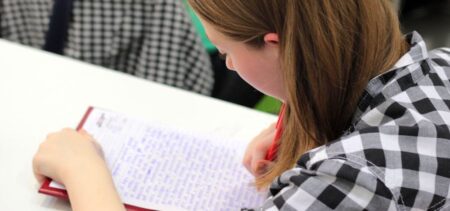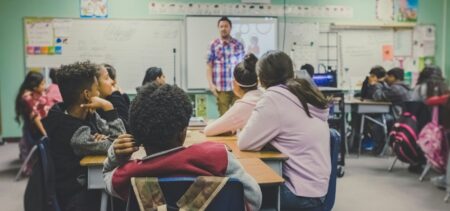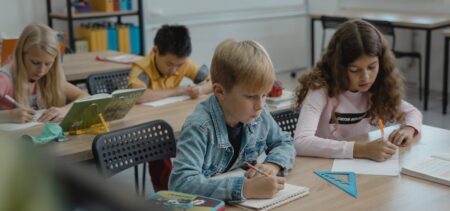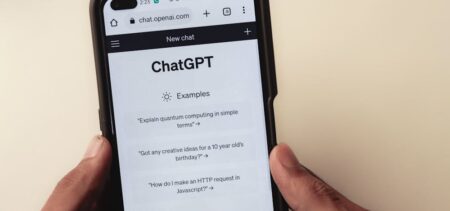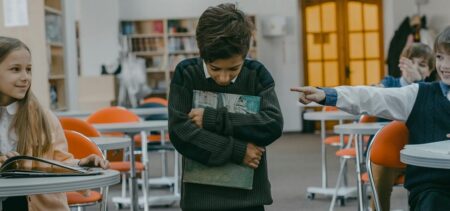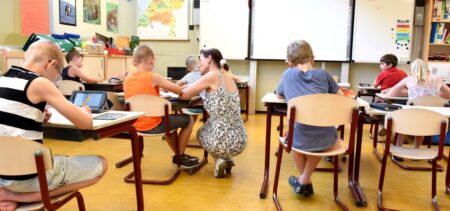Any teacher is most likely aware that often students ask themselves “What good is absorbing all this information for?” when contemplating the year ahead of them. The curriculum debate is continuously on, in search of the perfect formula that would educate young minds and inspire their thirst for knowledge, while being perfectly applicable later, in real-life endeavors.
How is this even possible, others wonder, that a centralized formula (be it open to variations) could satisfy all the endless lucrative life situations each student will face in his or her future?
Types of curriculum
This term curriculum originates in Latin (where it designated the course of a race). It apparently migrated towards the educational field via the Calvinism, and it appeared in 1633 as the dedicated English word for the learning courses offered by a place of study (especially universities).
Most commonly defined as being the assembly learning experience provided by a certain school, the curriculum is further classified by several criteria:
- When approached from the school’s perspective, the curriculum can be explicit (the official listed courses), hidden (implicit, but not mentioned per se in the official presentation) and excluded (topics intentionally left out);
- Another classification follows the educational stages: primary curriculum, secondary curriculum and so on.
Any curriculum means introducing and exploring a variety of topics, in view of familiarizing the students with certain notions and with a way of thinking specific to each curricular field. The next steps concern deepening the acquired knowledge and specializing oneself in a particular field of subdomain – but of course this takes some time.
Since study fields relate to each other in various degrees, curricular subgroups exist, as well as apparently unrelated topics or fields. A logically organized and connected amount of knowledge is easier to memorize and make use of – therefore the question of structurally organizing the curriculum for maximum efficiency. Educational strategists, teachers and researchers came up with answers to this challenge. One of the suggested solutions is the integrated curriculum.
- Integrated curriculum translates into a curriculum that connects all study areas, emphasizes the unifying concepts and basically cuts across subject-matter lines, focusing on the relevant nodal points and on the common patterns. By presenting not just the disparate elements, but also the vital connections that exist or can be made between topics, an integrated curriculum emphasizes all the data, the notions and the logical structures in a better way.
Curriculum integration
Most of what we study is just a reflection of life around us. Even when the topic is an abstract one, it still exists in its applied form beneath elements of our perceivable everyday universe. As we don’t see a fragmented, segmented world in front of our eyes, neither all these types of information exist separately from each other.
However, in order to reach the level of understanding necessary for a connected image, a student needs the basic elements and a viable structure (a way of thinking) that allows the necessary maneuvers once the basic knowledge is available. Therefore it matters a lot which elements are presented first (the order), how the structure is built by and with the student (the structure), as well as the perseverance, methods and goals set and achieved at each level (the attitude).
Integration advances the idea of “unity between forms of knowledge and the respective disciplines” (Pring, as quoted by this source).
There are two models of curriculum integration:
- The interdisciplinary model (teachers organize the disciplines around common elements across disciplines, with variations; one example is the problem-based model where the students solve a given problem by using all the disciplines they are taught);
- The multidisciplinary model (teachers organize standards from the disciplines around a theme, thus re-emphasizing the nodal elements).
In what the methodological approach is concerned, an example from University College London mentions how the integrated curriculum can be:
- Research-connected (students research a theme and employ various disciplines during their activity);
- Conceptually connected (students build inter-disciplinary connections around conceptual issues in a creative or critical manner);
- Personally and socially connected (students act as members and organizing factors in the learning community, engaging in collaborative activities that have as a ultimate goal the real-life side of their research and learning activity).
Preparing for life
Education should always remain a live, reality-connected science, given its most important aim of preparing students for life. It is even more complicated when considering that in this preparatory process, education should encourage young minds to know the best from the humanity’s past while remaining able to innovate.
In fact, to reiterate the opening question: “What good is absorbing all this information for?” the maximum amount of pressure lies on selecting the most relevant information when tailoring an educational curriculum. Relevant for what – we may wonder. Relevant for understanding the general patterns and the process it took out predecessors to discover various rules and interactions; relevant for the most vital skills and needs inherent to the society in which the students will evolve as fully developed adults.
Since our society is continually evolving as well, it seems even harder to tailor the education in correlation with our societal needs, by properly selecting the information and the skills students might need once they step out into society. Another well-known wisdom nugget talks of preparing the younger member of society for the world we envisage, instead of the world we currently know.
Skills and strategies might be yet another safe option when assembling an efficient curriculum. Once a student learns to master its own education and gains a unitary view that incorporates all disciplines and the relations between them, developing skills and learning how to plan and organize various tasks in order to put his acquired knowledge to good use would be next.
Maybe the right question does not concern how we will apply each element of our education into everyday life, but rather to what degree of autonomous learning does any curriculum encourage. Because giving the students most of the necessary elements to assembly and the time to assembly them in order to form their personalized style of learning might be the best preparation for their future adult life.
Later, whenever facing new elements and a given learning time, the same action can be successfully replicated, integrating new information and new skills into the already gained knowledge.




















